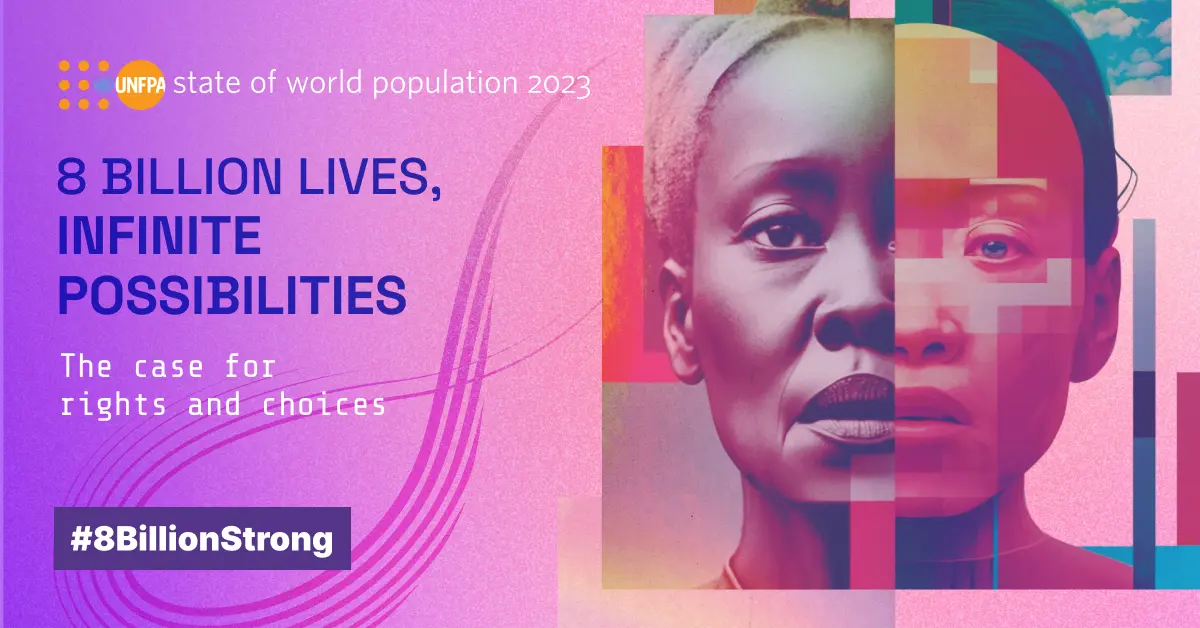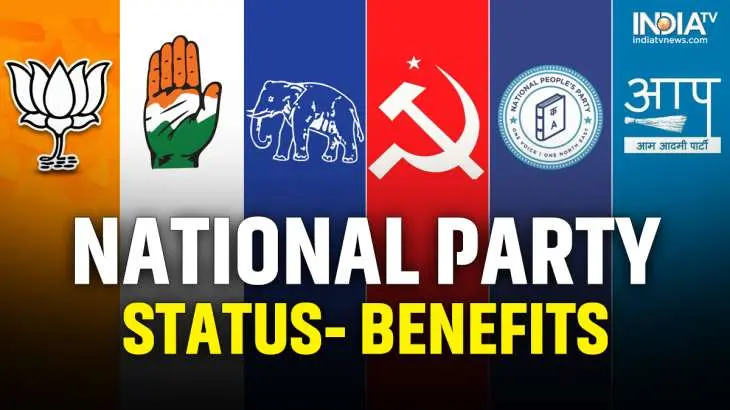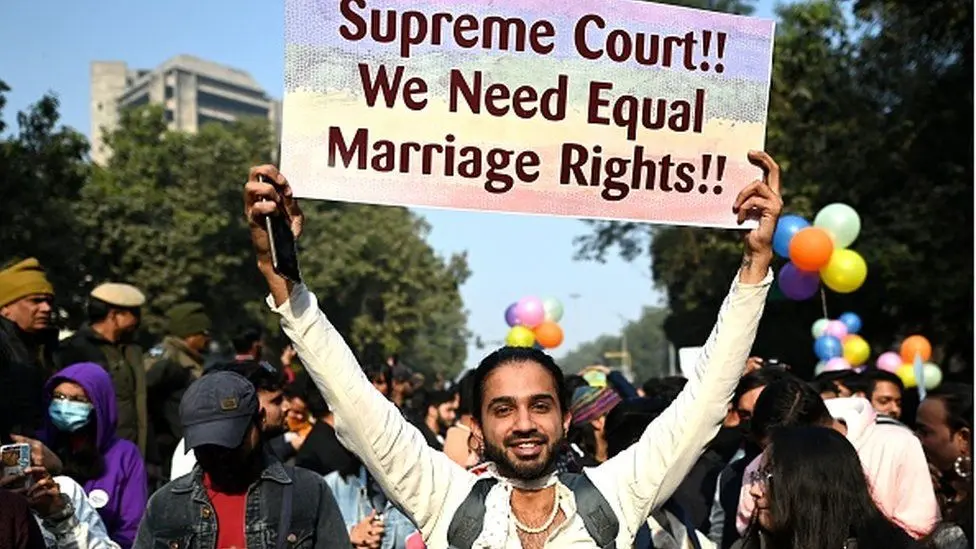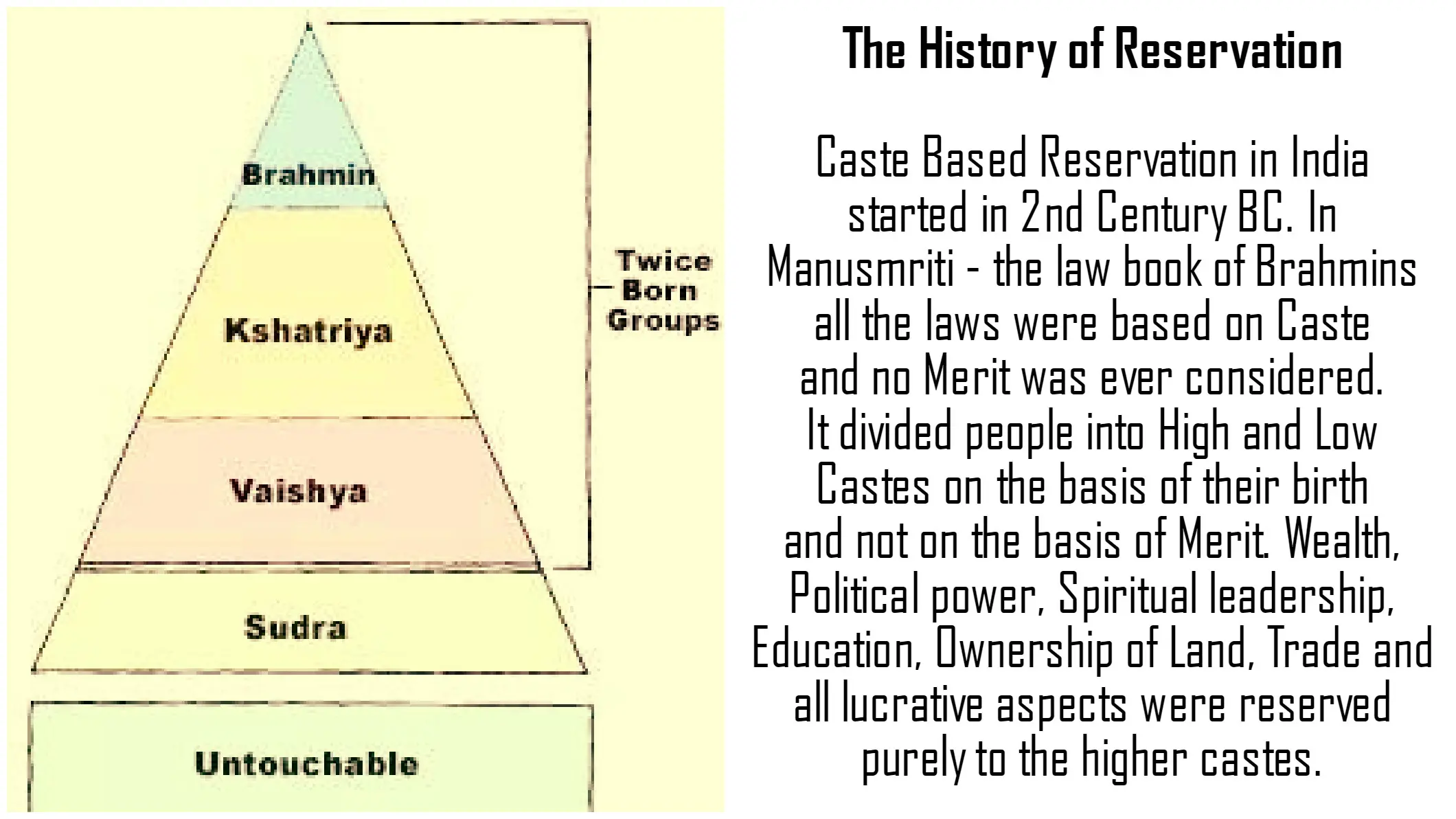UN population report: Key takeaways for India and the world
communal violence in india
India is a land of religions, languages and customs. Many religions having their own traditions and beliefs are flourishing here since ages. Therefore India is a multi-religious and multi-cultural country from its known history. British colonialism also contributed to its cultural and religious multiplicity. Perhaps no other society of the world is as multi-cultural and multi-religious as Indian society.According to modern literature secularism has its origin in western countries and it is related to the separation of the church from the state, which gives the state a position of neutrality between different religions, while at the same time, it guarantees all citizens right to adhere any religion. A secular state is a state which recognizes every citizen as equal and does not recognize any social or religious stratification for any political benefit. But what is generally projected as secularism is tolerance of all religions with special emphasis on the protection of minorities and preservation of communal harmony.The essence of secularism rests on two basic principles: Separation of religion from politics, andAcceptance of religion as strictly a private affair of individuals with zero indulgence of the state. Secularism In The History Of IndiaSecular traditions are deep rooted in the history of India. In ancient India, the Sanatan Dharma (Hinduism) was basically allowed to develop as a holistic religion by welcoming different spiritual traditions and trying to integrate them into a common mainstream. The development of four Vedas and the various interpretations of the Upanishads and the Puranas clearly highlight the religious plurality of Hinduism. Emperor Ashoka was the first great emperor to announce in the third century B.C. that the state would not prosecute any religious sect. In his 12th Rock Edit, Ashoka made an appeal for the toleration of all religion sects and to develop a spirit of great respect toward them. In medieval India the Sufi and Bhakti movements bonded the people of various communities together.The Indian freedom movement played an important role in nurturing the spirit of secularism. In the initial part of the Indian freedom movement, the liberals like Sir Feroz Shah Mehta, Govind Ranade, Gopal Krishn Gokhale pursued a secular approach to politics. The Brahmo Samaj started by Sri Raja Ram Mohan Roy and the Arya Samaj led by Swami Dayanand Sarswati never treated other religious faiths with any antipathy. Rather they tried to purify the malignant traditions of Hindu religion. The constitution drafted by Pandit Moti Lal Nehru in 1928 also had the provision on secularism. The principal advocates of secular ideology in modern India were Mahatma Gandhiji and Pandit Jawahar Lal Nehru. Secularism In The Constitution Of IndiaThe Constitution of India has adopted a system of political philosophy that all forms of religious faith and worship are of equal status and has accepted the view that public education and other matters of public policy should be conducted without the introduction of religious sentiments. In fact, India adopted secularism to facilitate the promotion of religious tolerance and cultural co-existence . The 42nd Constitution Amendment Act of 1976 amended the preamble to introduce words ‘Socialist’, ‘Secular’ and ‘Integrity’. The constitution says that, there shall be no ‘state religion’ in India. The State will neither establish a religion of its own nor confer any special patronage upon any particular religion.Right to Freedom of Religion is provided in Articles 25 to 28 of the Constitution. Article 25 - Provides each citizen the freedom to practice and profess any religion.Article 26- Freedom of religious denominations to manage religious affairs.Article 27 - Freedom from taxation for promotion of any particular religion.Article 28 - No religious instruction to be provided in state-run educational institutions. CommunalismCommunalism is an ideology through which polity or societies are viewed. The communal ideology assumes that Indian society is fundamentally divided into religious communities, whose interests not only differ but may often be opposed to each other. The opposition between the religious communities is apparent not only in their religious and cultural way of life, but also when organized for a secular economic and political purpose. The Hindus, Muslims, Sikhs and the Christians form distinct communities or homogeneous groups not only for religious and cultural issues but also for secular purposes. (-Bipan Chandra) Communalism as the British Policy of Divide and RuleThe divide and rule thesis was one of the most important deciding factors of the trajectory of Indian independence struggle. The British encouraged sectarian tendencies on communal lines among the Indian Muslims. Such British endeavors created a divide between the Hindu and the Muslim communities which had coexisted more or less peacefully until then. The widening gulf between the Hindu and the Muslim community benefited the colonial rule. Sir Sayed Ahmed Khan‟s reformist initiative to encourage English education and rationalist thinking amongst the Muslims, thus, got support from the British. Growth of Communalism in the Age of Nationalist Mass Movement By 1920s, the religious identities had started manifesting themselves in the emerging modern institutions, structures and networks of politics that came to be established after the British crown took over the direct administration of India. Issues and practices like the conduct of the census, the partition of Bengal, Swadeshi movement, religious revivalist trends, changes in the economic, political, educational, professional fields and its communal fallout, the matter of a separate electorate, etc. had successfully created a communal in India. The 1916 Lucknow pact between the Congress and the Muslim League was an attempt to overcome sectarian barriers. The objective of the Lucknow pact was to press a joint demand to seek administrative reforms and meaningful representation in the provincial and the national councils as well as appointment of Indians to the governing council of the viceroy and provincial governors. The two major events that took place were the coming together of the Extremists and Moderates, and the trade off between the Congress and the Muslim League. However, the Montague-Chelmsford reforms or the Government of India Act , 1919 introduced separate electorates for not only Muslims but also Sikhs, thus ensuring that communal harmony could not be practically achievable. Gandhi‟s attempt to bridge the communal divide, took him to support the Ali brothers-Maulana Mohammed Ali and Maulana Shaukat Ali. The Ali brothers led the Khilafat movement in India, which was an anti-imperial movement with a religious undercurrent. The immediate causes of the Khilafat movement were not rooted in Indian soil but were distinctly international. Gandhi’s support for the Khilafat movement was to build inter-community solidarity against the British imperialism by integrating the Muslims into the mainstream of the Indian nationalism. Socio-economic and political changes in 1920s and 1930s provided a mass dimension to the issue of communalism. Problems created by RiotsHuman rights violation and heavy losses tolled over the innocents.Economic loss- loss of public propertyDisruption of social fabric of harmony and cohesivenessDamage to the global image of the countryImpeded growth and development due to diversion of focus to trivial issues.Political gains contributing to a robust system of “dirty and divisive politics” and creation of vote-banks.Lawlessness resulting out of communal violence causes threat to internal security of the countryLong term negative impacts on the children, youth and future generations of the country. Causes of Communalism in India Lack of value education causing apathy and insensitivity towards other living beings.Lack of tolerance (more common in youth and children nowadays) leads to aggression and contention over petty or trivial matters.Quest for power drives politicians to play divisive politics, such as creating artificial incidences of communal disharmony.Cheap publicity stunts by influential persons.Lack of ethics and neutrality in the acts of media and the latent control over mainstream media houses by political parties.Using communal violence to attract public attention away from inefficient growth and development.Role of social media platforms in fueling the rumours and negative news through modern means such as the use of audio-visuals.Challenges Of Secularism In IndiaIndian is known for its cultural heterogeneity with respect to language and religion. Hindus constitute the majority, while the Muslims constitute the largest minority. The animosity between the Hindus and Muslims was largely the creation of the British rulers. In order to keep themselves in power, they adopted a policy of ‘divide and rule’ and tried to promote feelings of hostility among the members of these two communities. After a long history of independence, at present too, the lack of proper adjustment between them has often resulted in violent outbursts and communal riots, which unfortunately becomes a serious challenge to the secular identity of our country. On the other hand, very often the political parties, including the national parties, too sometimes, do not allow secularism to take precedence over their political interests. The electorate in India, guided by tradition, tends to be responsive to appeals based on caste, religion and language. By announcing various schemes favouring a particular community, political parties, openly violate the idea of secularism they claim to stand for. While distributing tickets during elections, nearly all political parties take religion of a candidate into consideration. Such a practices in India poses the greatest threat to secularism. Ways to Curb Communal ViolenceThe maintenance of communal harmony, and the prevention/ avoidance of communal disturbances/riots and, in the event of any such disturbances occurring, action to control the same and measures to provide protection and relief to the affected persons, is a prime responsibility of the Governments. Short Term and Immediate MeasuresQuick and prudential decisions by the administration for identification of the issue and prevailing circumstances, and framing the future course of action. Deployment of specially trained Police forces.Regular updation of the local people and proper supervision of social media to avoid spread of rumours. Prompt and fair probe into all incidents and immediate detention of perpetrators, followed by seizure of weapons. Ensuring the protection of identity and security of informers and witnesses.Immediate help and adequate compensation to the victims of violence.The safety and security of the most vulnerable section, i.e. women, children, old and infirm must be the top most priority. Long-Term Remedial MeasuresPromoting healthy public opinion- this can be done through imparting value education. Also, the intellectuals, writers, journalists, voluntary organizations, should be encouraged by the government to take a lead in building up a healthy public opinion against communalism.The Election Commission should use its powers and serve notices or file FIRs against anyone who makes provocative statements in relation to the communal riot incident.Cyber police should monitor the social media and websites carrying any provocative content.The government should take efforts to prosecute all those leaders, bureaucrats who lend their helping hand to communalists and support communal riots.It is necessary for the government to ban forcible conversion activities and come up with a legislation banning the same, like in Arunachal Pradesh, Madhya Pradesh, Orissa and Tamil Nadu.To usher in a period of social value and Sarva Dharma Sambhava, individuals of India ought not to blend religion in with legislative issues to achieve the objective of average fraternity for the solidarity and respectability of the country.The citizens should become aware and socially and politically conscious of what is good for them and their future generations. They should develop a scientific thought process and discard political appeasements based on religious promises.















